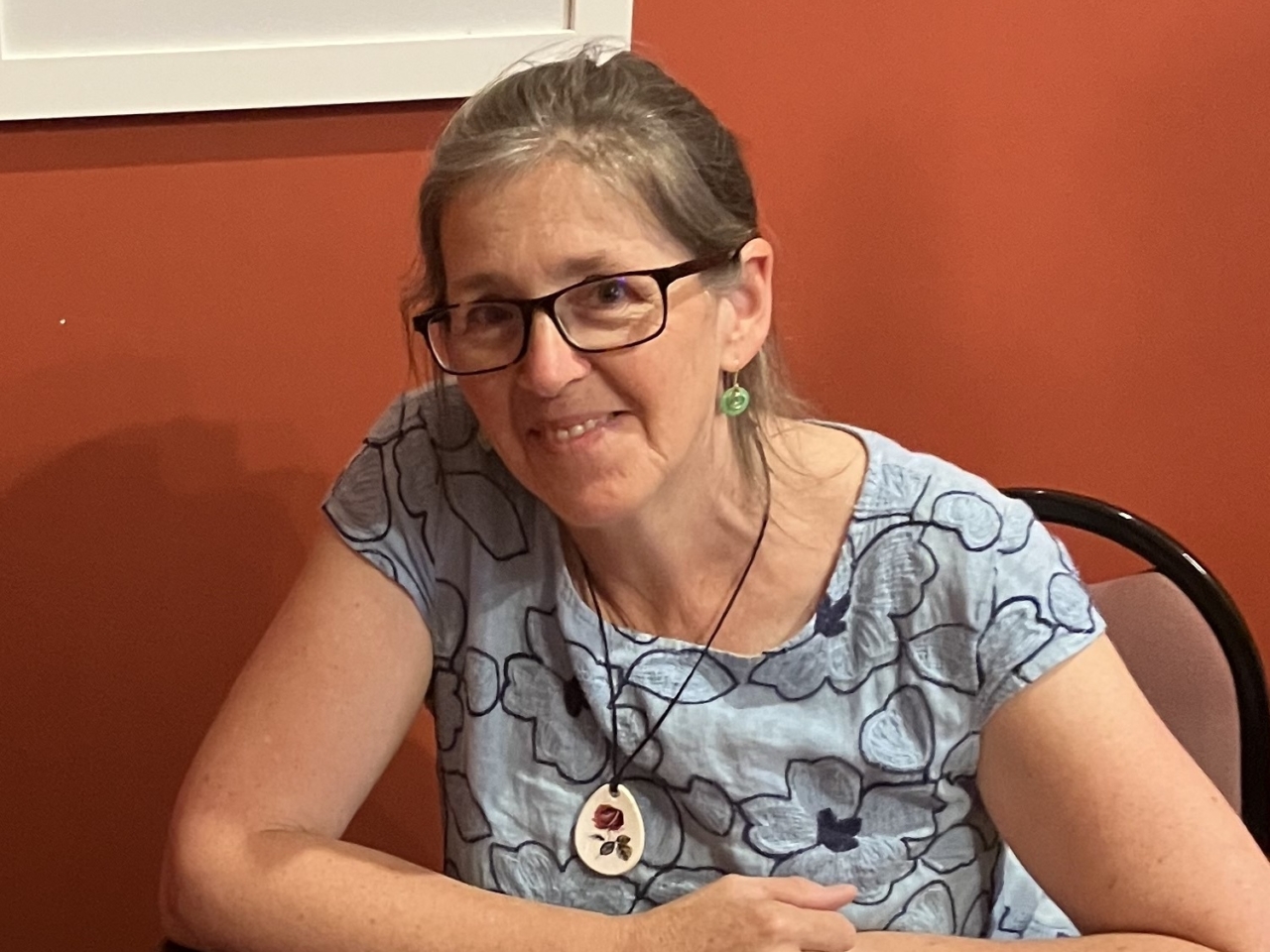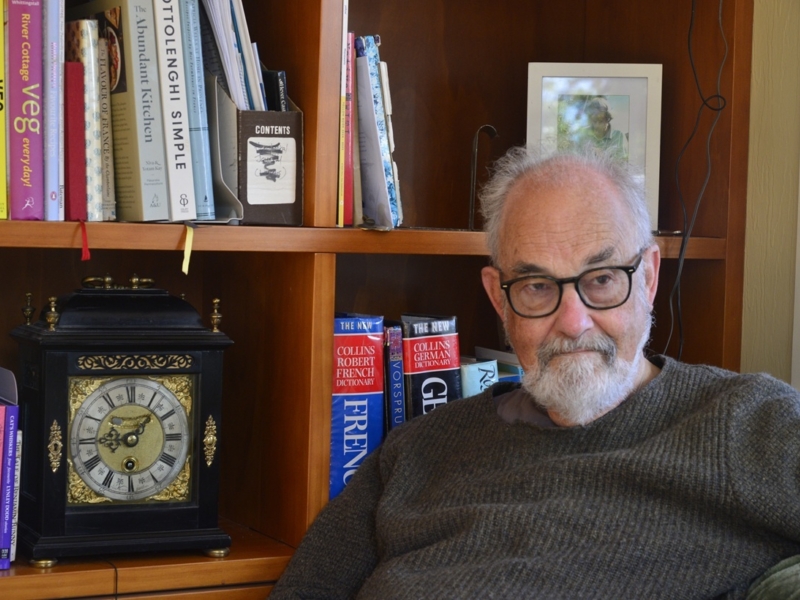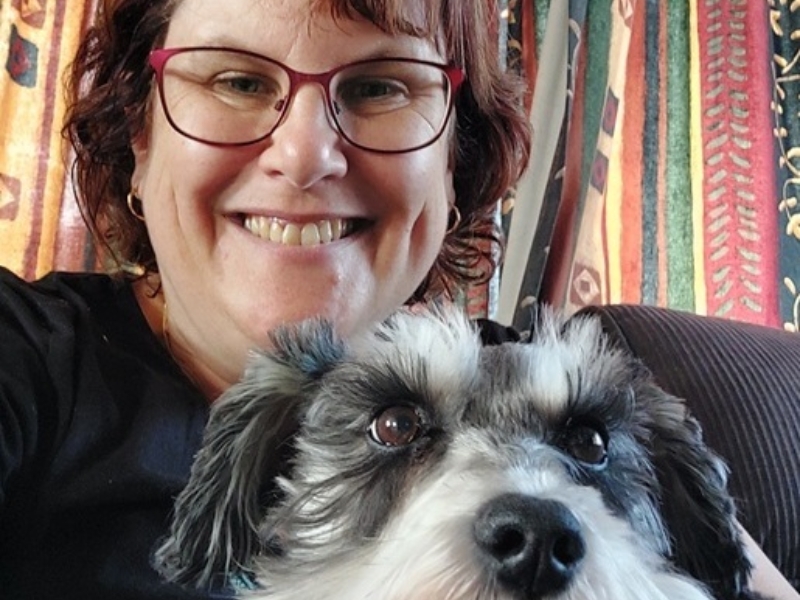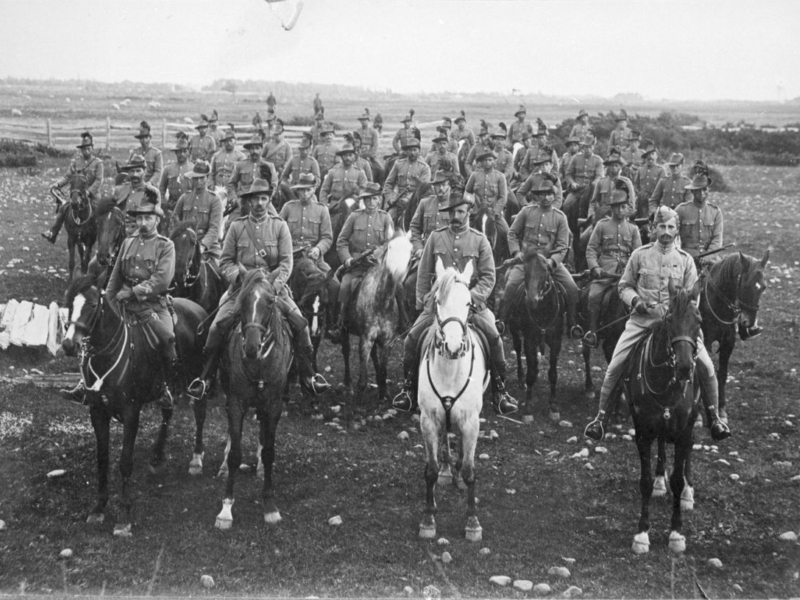Tell us about yourself
I usually describe myself as an independent historian. My main interests are public history, histories of museums and material culture (especially textiles and food), women's, gender and feminist history, and histories of children, childhood and youth. I manage the website Object Histories from Manawatū for Te Manawa Museum Society and edit the New Zealand Journal of Public History for the Professional Historians' Association of New Zealand / Aotearoa.
Both of these initiatives are done voluntarily on a shoestring. But it is very satisfying when a writer reveals something new or unexpected about the past, and likewise, when young historians who have not published their work before elect to share it with others. I think accessible, ethical and reliable historical knowledge that does not shy away from the complexities of the past is hugely important to any community.
Where are you originally from?
In my mihi I say: I whānau mai au i Mahurangi. As a child I would have said: I live on Ashtons Road in Whangateau. But now the histories of Ngāti Manuhiri, Ngāti Wai, Dacre's Claim and the 1841 Mahurangi Purchase are considerably more visible thanks to the work of the Waitangi Tribunal. An answer to this question is more complicated than it seems. Whangateau is still the place I feel most truly at home. I love the warmth, the bush-covered hills, the slow brown creeks, the scow wharf, and all the places to walk and swim.
How long have you lived in Palmerston North?
Since 1997. I came for 9 months to do a postgraduate diploma in Museum Studies at Massey. I fully intended to leave as soon as the course was over, but then I was offered an internship at Whanganui Regional Museum that turned out to be hugely rewarding. And that led to a job as a curator at The Science Centre & Manawatū Museum (as Te Manawa was known), plus an enduring partnership and two children, and two co-edited books (Looking Flash and Te Hao Nui) that have proved to be good foundations for more recent research.
Where did you train?
I completed a BHSc at Otago University in 1986, an MA at Auckland University in 1990, and a PhD at Massey University in 2020.
Tell us about your career
In a case of good luck and timing, plus my mother's excellent instructions on how to do a job interview, I landed on my feet after I finished my MA. My first professional job was a two-year contract as a researcher for Anne Else on a suffrage centennial project called Women Together: A History of Women's Organisations – Ngā Rōpū Wāhine o te Mōtu. This gave me a broad understanding of women's public lives in the past and led to a position as an editorial officer at the Dictionary of New Zealand Biography specialising in women's biographies. The opportunity to learn reference quality historical research techniques from historians who were at their peak was invaluable. Among other things this included learning how to read against the grain, how to critique silences in the archive, how to utilise oral history techniques, and how to use images as historical sources. It was later on that I learned how to analyse objects in museum collections.
What is your favourite part about living in Palmerston North?
The City Library has always been a bright spot and may it continue to flourish. I also think He Ara Kotahi is very special. These places bring people together.
What is something that most people don’t know about you?
I have a four-acre garden beyond Linton. It might not even look like a garden to some people. It's basically a paddock that is full of native, exotic and productive trees with limited sightlines, but to me it is beautiful and meaningful. It gives me a connection to this region, and I get pleasure from ripping out invasive weeds, planting bulbs and harvesting fruit and nuts.
Any projects in the pipeline?
I enjoy projects, especially when they're collaborative. A longstanding project is turning my thesis on mid-19th century colonial textile culture into a book that might be more widely read. Until I get that done, I have to be content with imagining collaborative book projects that could possibly take shape in future if the right circumstances emerge.
What Palmerstonian/s (living or dead) do you most admire?
That would be the dedicated members of the Nguturoa Linton Catchment Group who do water quality monitoring and bush restoration work along the waterways near my house.






